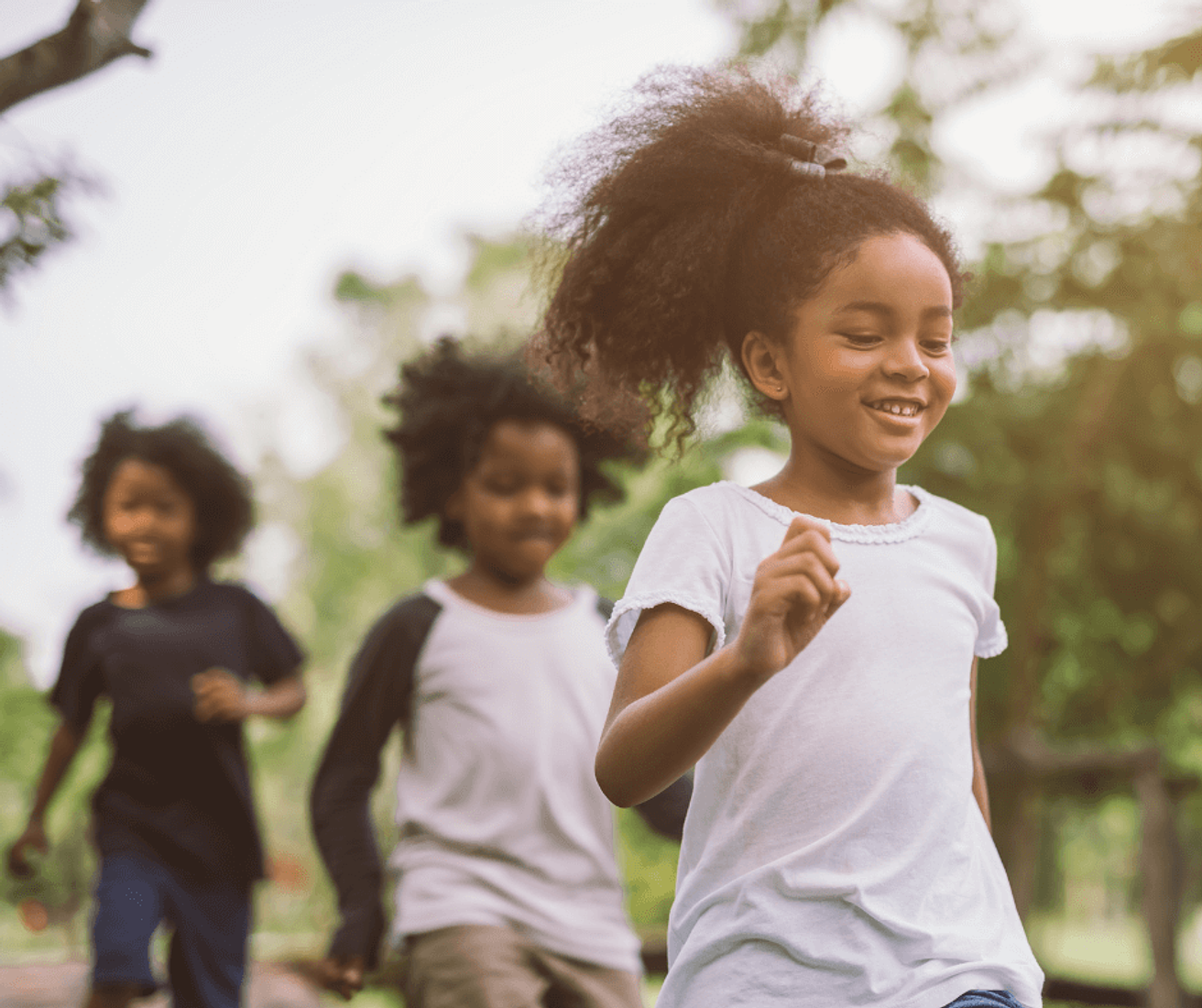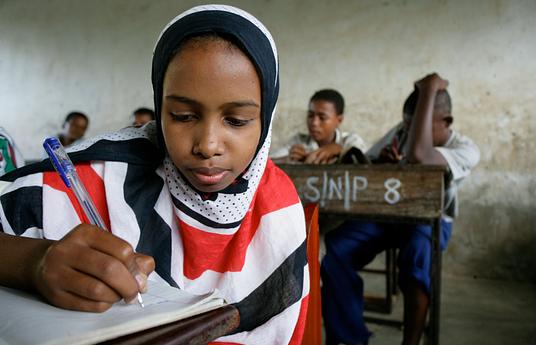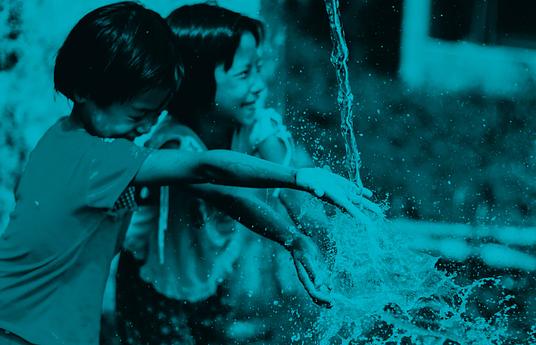Developing children’s social-emotional skills is not a choice, the two leading experts in social-emotional learning remind us.
Social and emotional skills help us to handle our impulses, manage and speak about emotions, and build healthy relationships. After the mass trauma caused by the pandemic, we all need these skills more than ever. But how can we increase social and emotional skills in children throughout the globe in a systematic way? HundrED and the Lego Foundation have partnered up to identify solutions that help parents and educators support the development of children’s social and emotional skills.
We invited two leading experts, Stephanie M. Jones, professor and director of EASEL Lab at Harvard Graduate School of Education, and Joan Lombardi, the first Deputy Assistant Secretary for Early Childhood during the Obama Administration and the first Director of the Child Care Bureau during the Clinton Administration, to have a conversation with us. They shared four elemental ‘musts’ that we as a global education community have to consider if we want to get serious about increasing social-emotional capabilities around the world.
1. It all starts with us, adults
The fact is that many of us adults were not given education in social and emotional skills as kids. When improving social, emotional skills in children, the first thing is to make sure that caregivers and adults have resources and systems for support in place.
Stephanie: We started our research by asking adults, in their role as parents or educators, where their most significant challenges are. And parents and early educators all highlighted the same things. It’s really all about regulating stress and the elemental challenges that raising children pose, managing children’s behaviour and dealing with routines. Having a set of strategies and support for managing stress response is highly effective, and these are the things adults are asking for.
Joan: Managing stress is so important. If we really care about children’s social-emotional development, we must make sure the emotional climate with the adults, teachers and caregivers, is supportive.
When you watch children walk down the street with their families, you can see how they imitate everything their parents are doing. What we as adults do, is what we are going to see later on.
2. Let’s change the way we speak about social-emotional learning
The pandemic has challenged everyone, and now it is up to us to decide what we take from it.
Stephanie: I wish we could flip a lot of the language and think about how to build on strengths. Children have been challenged, but they have learned lots of ways to cope during this pandemic. Let’s learn about those ways and raise them up! Even families under all kinds of strain have reported that their time together has been a source of resilience and comfort. How do we ensure that the policies and higher-level actions enable families to build that well of connection and comfort that sustains them through disruption and challenge?
Joan: We have seen technology being used to connect with parents, such as WhatsApp and radio. We have seen parents and teachers getting closer during the pandemic and valuing and understanding better what each is doing. Those are examples of the positives from this pandemic, and we need to point out more of them. At the same time, it is very difficult. We have children who have lost their parents, and we need to give them time to talk about what just happened.
Stephanie: We haven’t been able to rely upon the things we’ve always had: direct eye contact, ability to pull a child into a corner to ask what happened to you.
Many educators have come up with innovations to connect with kids through remote teaching. They’ve set up activities with kids that allow them to bring their world to it and share it with them. It is about turning into the basic actions that we always knew but got lost in the complexity of programming.
3. Understand that teaching social-emotional skills is NOT optional
Social and emotional skills start developing from a young age, but the development doesn’t stop when children reach the school doors. The scientific evidence is consistent, social and emotional skills support learning.
Joan: You can’t separate social, emotional and learning, they go together. If we think that we are going to increase children’s basic skills in math and reading without addressing their social-emotional development, that is not what research tells us. Social and emotional skills are integrated into everything.
Stephanie: It’s not a choice; we don’t turn social-emotional learning on and turn it off. It’s all through everything that we do. We can make that explicit and build on it directly. Or, we can let it go and have it be haphazard and non-intentional.
4. We need to get more ambitious (and explicit)!
Finally, let’s take a bird’s-eye view on social and emotional skills. How do we connect them with, for example, the United Nations sustainable development goal (SDG) for inclusive and equitable quality education?
Joan: We are not going to achieve the sustainable development goal if we fail to understand that social-emotional learning will help us achieve other basic skills. There are a lot of specific things that affect our ability to reach SDG, like teacher education and the sizes of classrooms. But we can’t reach the goal without focusing on social and emotional skills.
This is really a challenge for the 21st century – us to support each other emotionally and socially.
Stephanie: We need to ultimately set up a system to track social-emotional learning over time. And whatever we are tracking has to be observable. We have to be able to see it and agree that we are seeing it. It can’t be based on hunches and personal viewpoints. We have to really think carefully about how to line up our conceptualization of what is important and what we can measure. And they have to be precisely aligned, or we will do lots of things, and we expect them to work and they won’t, but they might, but we don’t know. Or we will do lots of things that don’t work, but we think that they do. So it’s crucial to get explicit, precise, and observable. Most of our assessment is not there yet.
Speaker Resources
Below you can find links to the resources discussed in the webinar.
- The Rapid Assessment of Pandemic Impact on Development Early Childhood Household Survey Project (RAPID-EC Project) is an ongoing survey of households with children ages 0-5 designed to gather essential information on the needs, health, promoting behaviors, and well-being of children and their families during the COVID-19 pandemic.
- The RAPID-EC Project found that emotional support was a powerful buffer against the chain reaction of hardships that many families with young children have experienced during the pandemic. Adults who reported high levels of emotional support were less likely to be negatively affected by material hardships. When caregivers had emotional support it also protected their children from the negative effects of material hardship. Read more key insights from the project’s one-year report.
- The Ecological Approaches to Social Emotional Learning (EASEL) Laboratory explores the effects of high-quality social-emotional interventions on the development and achievement of children, youth, teachers, parents, and communities.
- Explore SEL is designed as a navigator for the field of social and emotional learning. It provides information and tools that summarize and connect the major frameworks and skills in the field to support transparency and informed decision-making.
- The Saul Zaentz Early Education Initiative promotes the knowledge, professional learning, and collective action necessary to cultivate optimal early learning environments and experiences.
- Download the Navigating Social and Emotional Learning from the Inside Out Report.
- The HundrED Creativity Spotlight created in partnership with the LEGO Foundation highlights 20 innovations fostering creativity in the world. Download the report.
Do you feel passionate about social-emotional learning and have a solution to share? Please share your innovation with HundrED and Lego Foundation. The call is open until the 8th of July: https://hundred.org/en/collections/social-emotional-learning-sel
The above excerpts are from a webinar hosted by HundrED and Lego Foundation on the 14th of July. Please watch the full conversation here.


